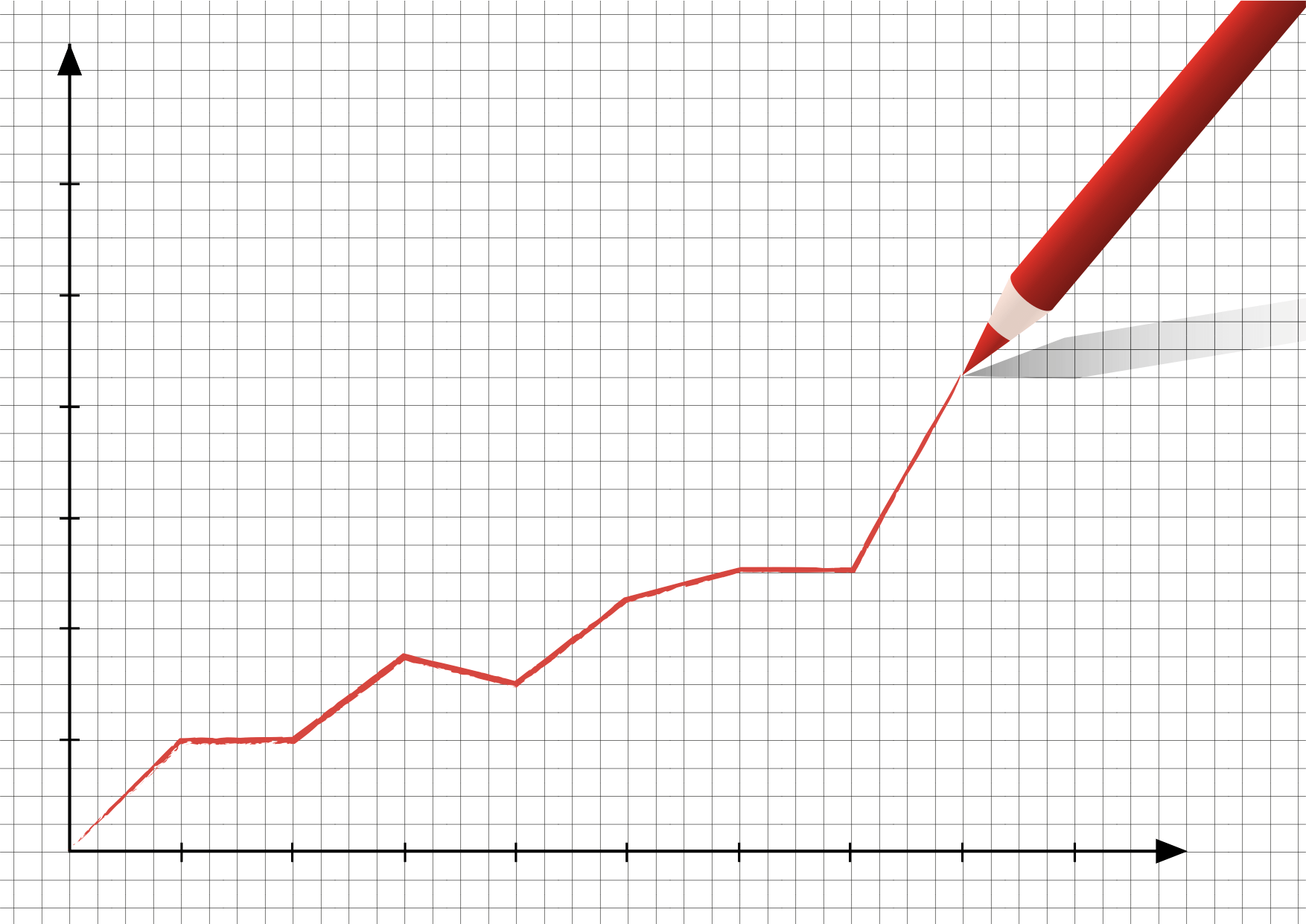Graphs and Digraphs (Fifth Edition)

 Gary Chartrand, Linda Lesniak and Ping Zhang,
Gary Chartrand, Linda Lesniak and Ping Zhang,
CRC Press, 2010, 598 pp.
This is the fifth edition of a classic text in graph theory. Originally published in 1979, the first edition was authored by Mehdi Behzad, Gary Chartrand and Linda Lesniak. This latest edition continues to be helmed by Chartrand and Lesniak, with the addition of Ping Zhang from the fourth edition onwards. The passage of years has only served to increase the quantity and improve the quality of the material found between the two covers.
The book is divided into twelve chapters and covers quite comprehensively, the field of graph theory. The topics include degree sequences, connectivity, Eulerian and Hamiltonian graphs, tournaments, network flows, nowhere-zero flows, planarity, graph embeddings, vertex colorings, map colorings including chromatic polynomials, matchings, factorisation, domination, edge colorings and extremal graph theory. The target audience is made up by the advanced undergraduate and the beginning graduate. The book is extremely readable to the student with mathematical maturity. The coverage, style, rigour and depth of the book all amply help to fulfill its stated objective of describing the story of graph theory in terms of its concepts, theorems, applications and history.
In comparison with the fourth edition, the fifth edition has much more in it. There is expanded or new coverage in a number of topics. There are more examples and exercises. The book has adapted its notation to what is currently the norm among graph theorists. (Although different notations can be viewed as extra “training” for the budding mathematician, familiar notations across different texts make reading much smoother.) We are particularly pleased that the historical discussions of mathematicians and problems have been expanded. This certainly makes the book live up to its claim of describing the story of graph theory for without history, there is no story. However, we have one small concern — the bibliography is rather outdated, and although one can understand that many references were made in historical contexts, further references to state-of-the-art research surveys and books will positively link the interesting history to the exciting present. Up-to-date references are also important for the beginning graduate, so that he knows which areas of graph theory he can do fruitful research in.
K. M. Koh
National University of Singapore, Singapore,
E. G. Tay
National Institute of Education, Nanyang Technological University, Singapore.
Source:- Asia Pacific Mathematics Newsletter, Volume 1 No. 2 (April 2011).
It has been republished here with a special permission from World Scientific.